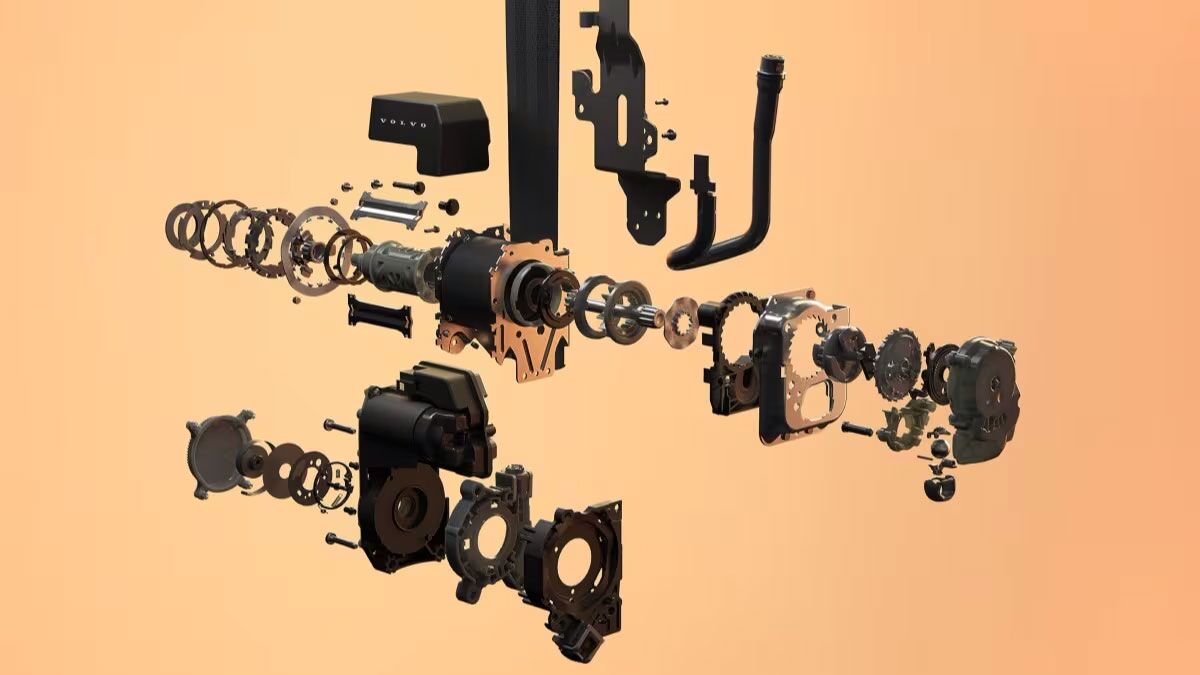Production has just begun on the new Volvo V40 model, and while it’s not scheduled to be sold here in the U.S., this new five-door wagon will introduce a new standard safety feature to the automotive realm in the form of Volvo‘s new Pedestrian Airbag Technology. First presented earlier this year at the Geneva Auto Show, Volvo believes this breakthrough advance has the power to significantly reduce the number of serious head injuries incurred by pedestrians who have been struck by cushioning the impact that frequently takes place in the area of the car’s lower windshield, wiper recess areas and A-pillars. New photos and a video offer a clearer look at how the PAT system functions.
Volvo’s latest bit of safety kit relies on signals from seven individual sensors embedded across the front fascia to determine when the vehicle comes into contact with what it believes is a human leg. At that point, several actions take place. Pyrotechnic devices in the rear hood hinges fire and release the panel while the airbag begins to inflate and lifts the back of the hood upwards by 10 centimeters (about 5 inches) in the process. While the airbag continues its expansion to cover the aforementioned critical areas on the cowl area, the hood remains in that elevated position to effectively create a softer and more easily deformable contact area. The entire sequence of events requires only a few hundredths of a second to complete.
"We developed the technology using computer simulations and human-like leg and head forms. The tests were carried out in a wide variety of configurations," noted Thomas Broberg, Senior Technical Advisor Safety, Volvo Car Corporation. The Pedestrian Airbag Technology system is operational between 12-31 mph and Volvo notes that 75 percent of all accidents involving pedestrians occur at speeds of 25 mph or less. Although the automaker has yet to formally address the issue of when future models will be fitted with this new PAT package, Broberg stresses that it stands as "another important step toward our vision that nobody should die or suffer serious injuries in a new Volvo car by the year 2020."







